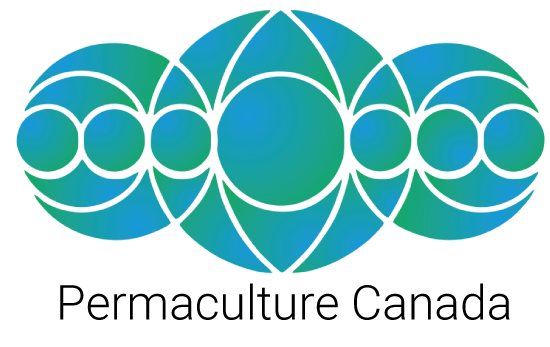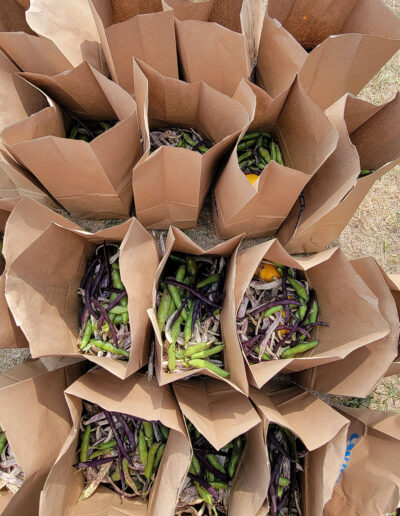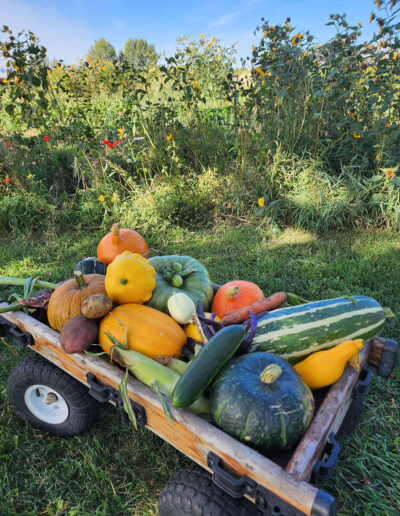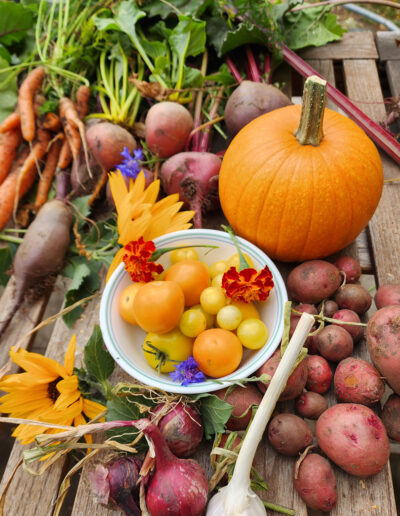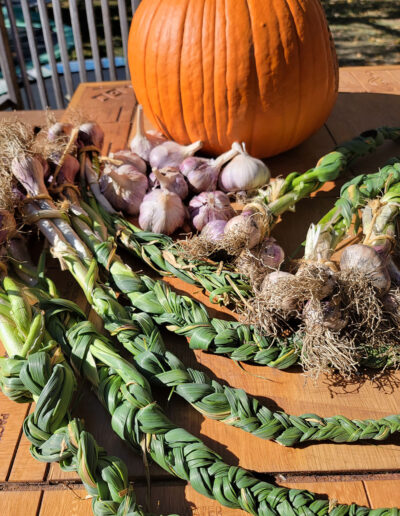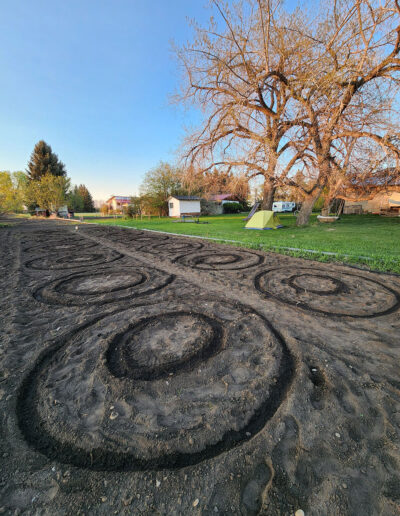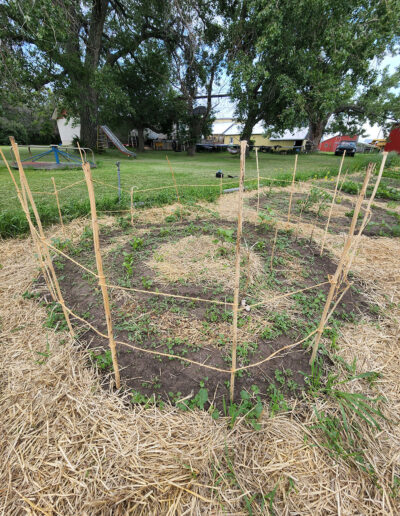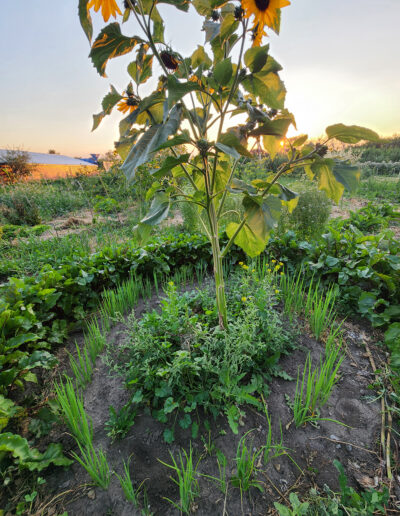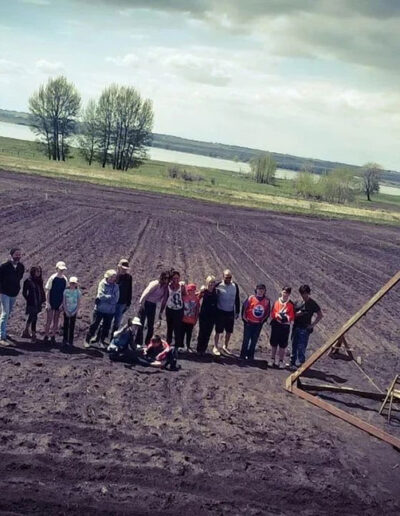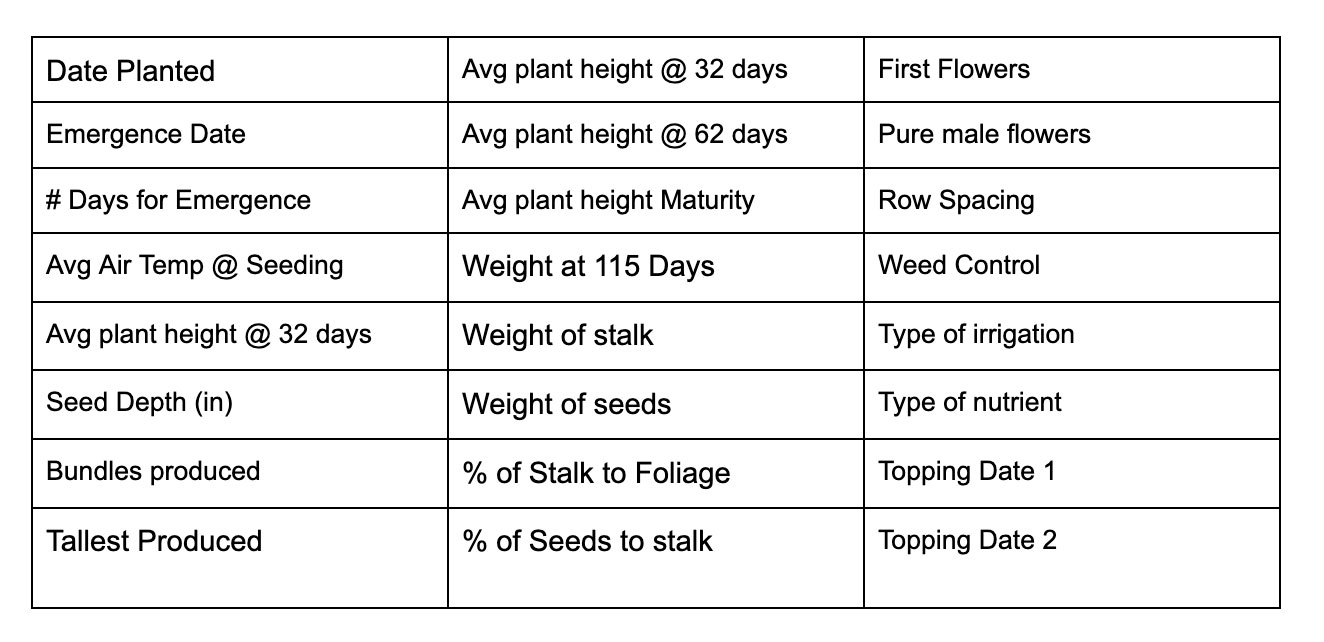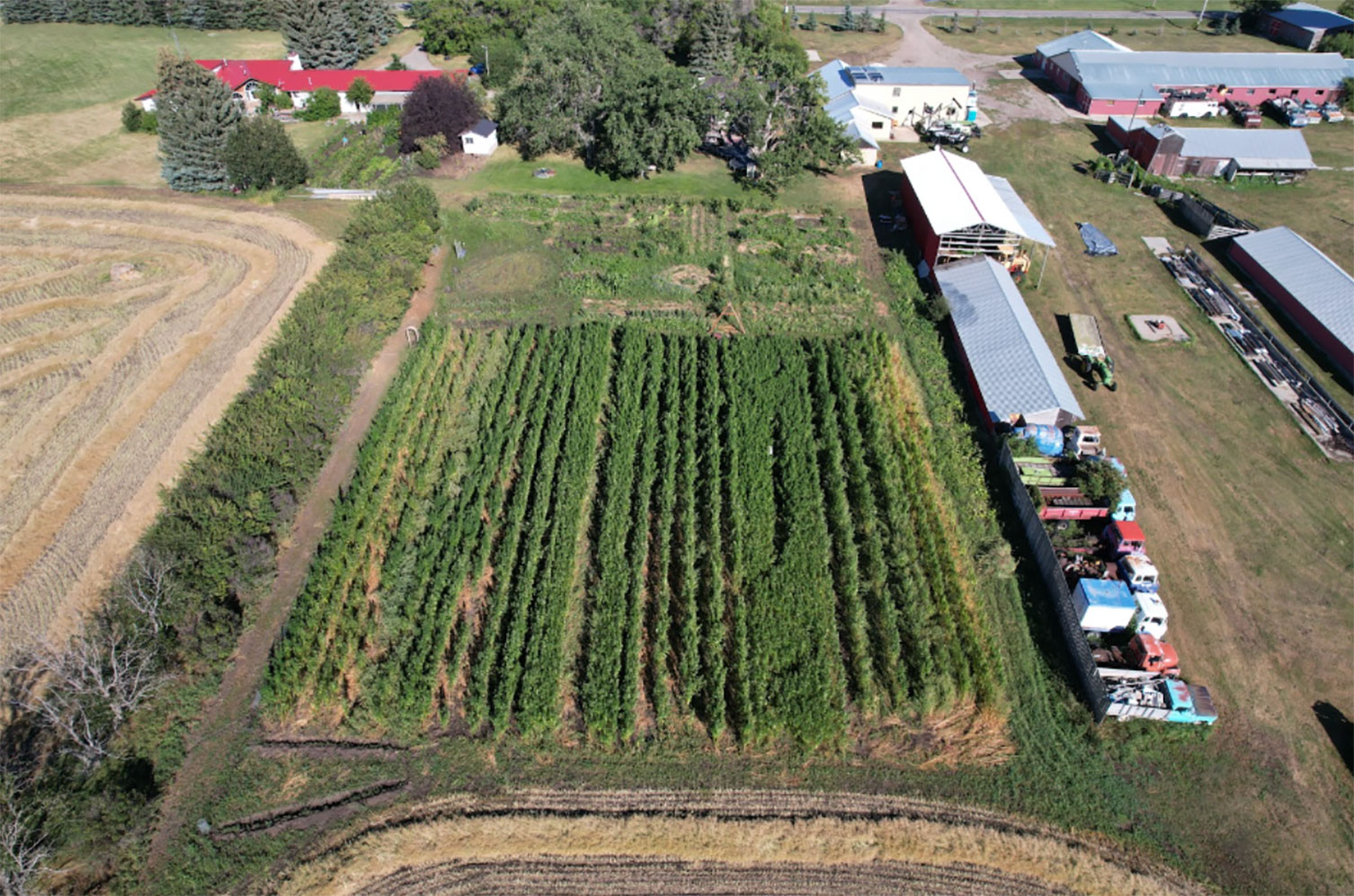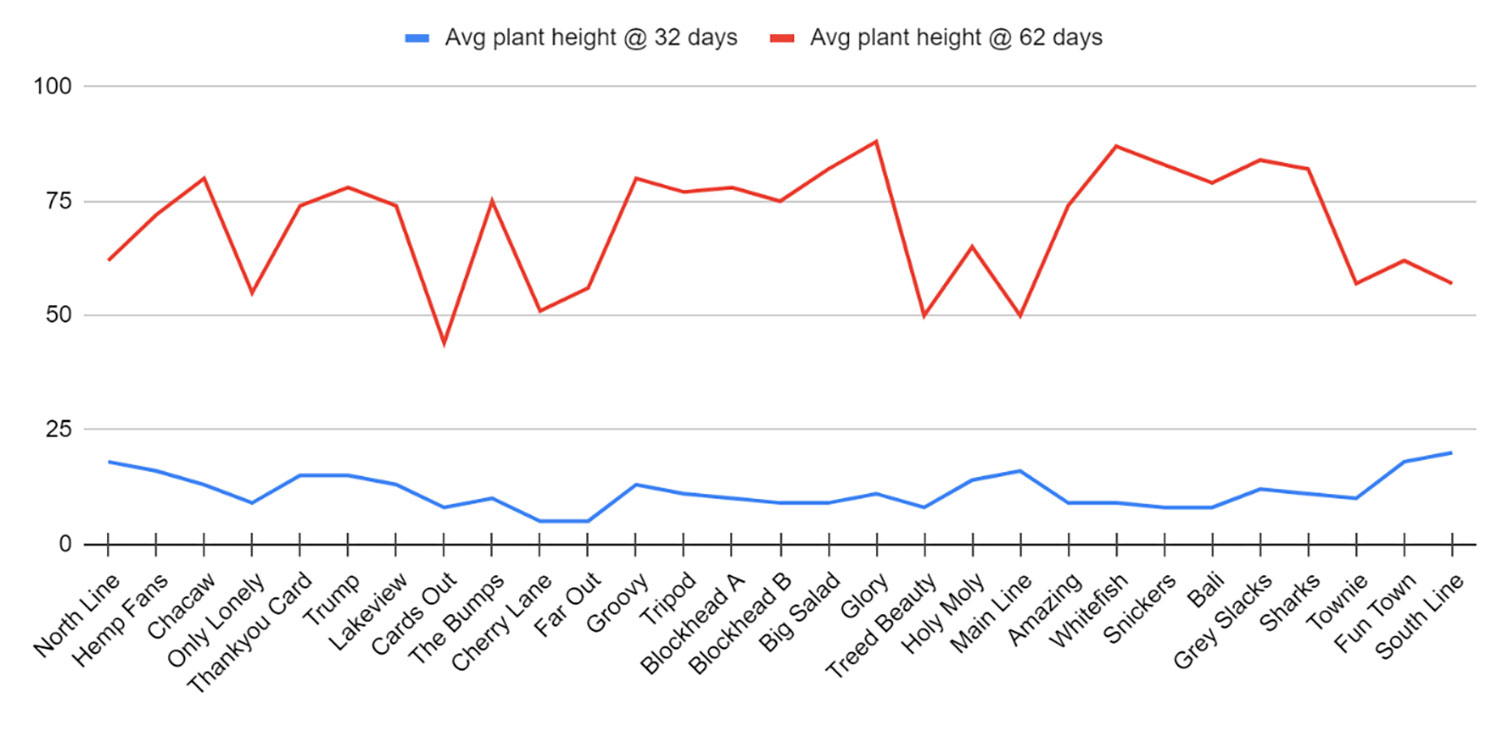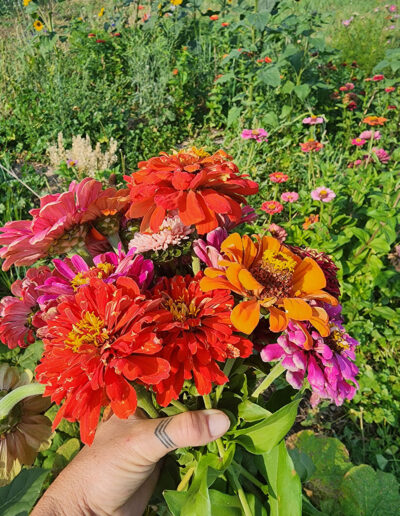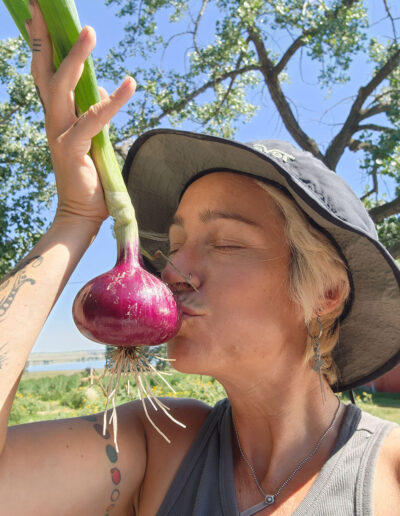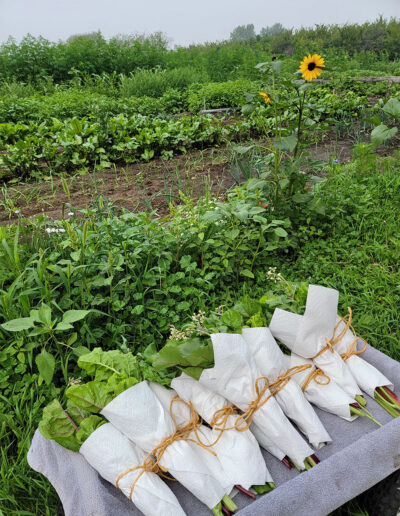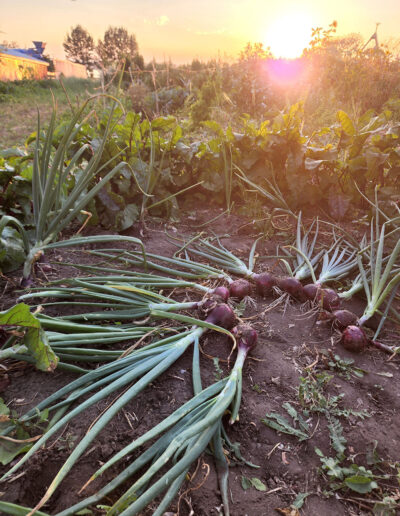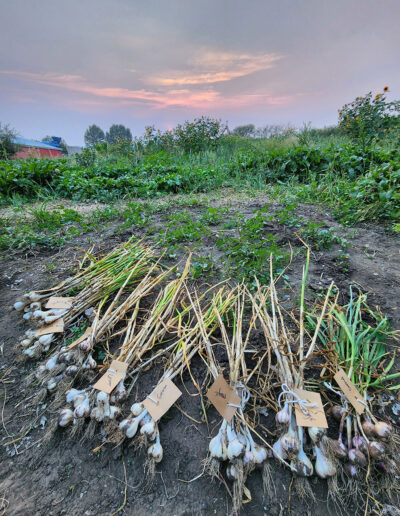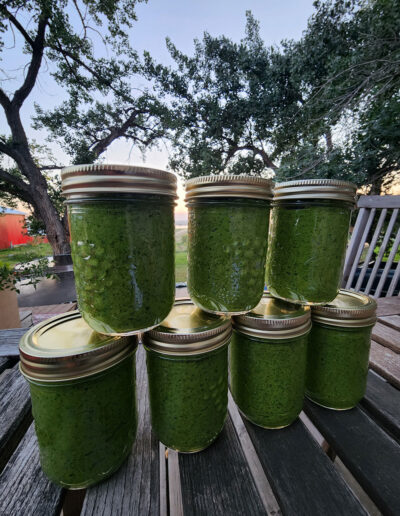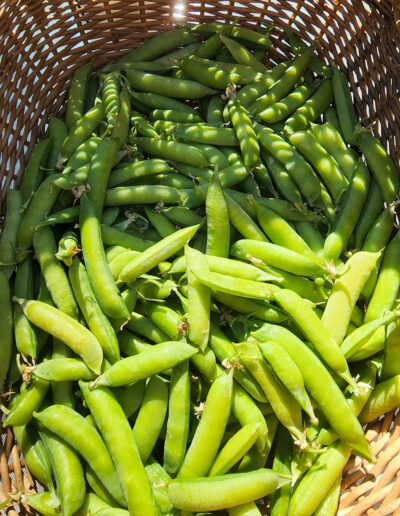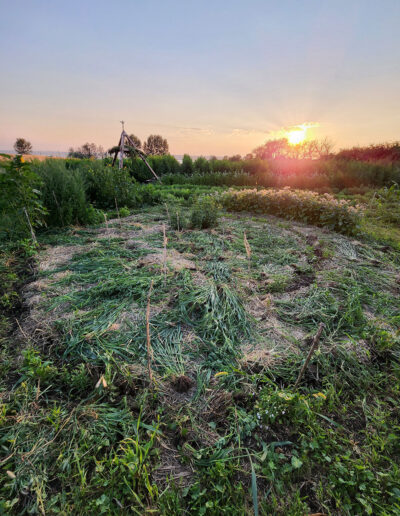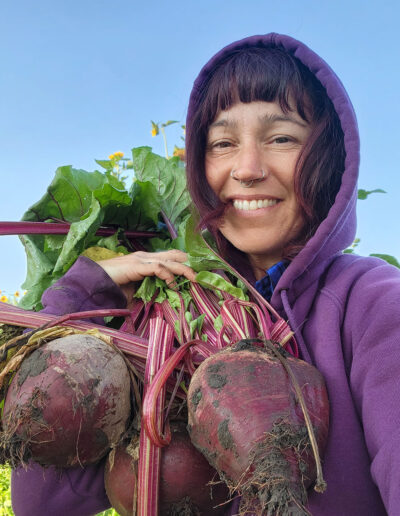Conjunction Gardens
Conjunction Gardens
(Instagram @conjunctiongardens)
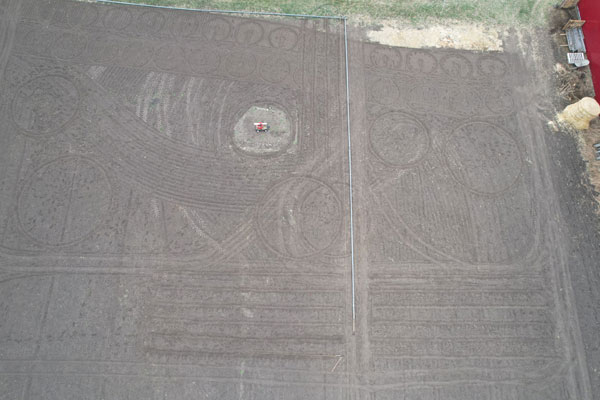
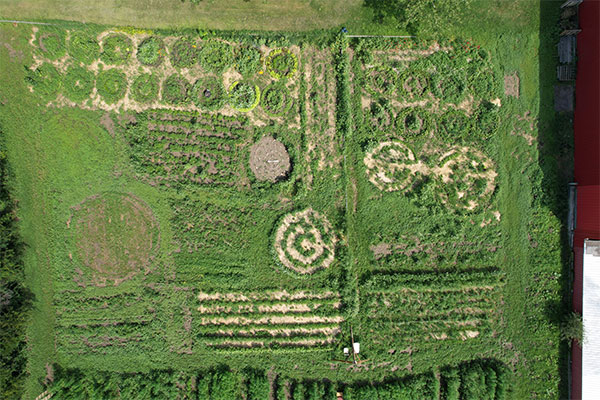
YEAR 1
Year 1 was the implementation of Hemp as a bio-fence around the annual garden, which acted as a windbreak, privacy barrier and ultimately provided a beautiful frame to the garden. 3 varieties of hemp were grown and different care regimens to the varieties were given. The differences in care included weeding, spacing, amending with silage leachate, watering and dryland. Through the experimentation of Altair, and Anka (Canadian Varieties) & Ferrimon (France) it was noted that to get the tallest and thickest stalk of hemp it likes to be irrigated, spaced and weeded. The use of additional nutrients is also noted to increase the height as long as the Nitrogen content is not too high, in which case the lower leaves will yellow.
The annual garden itself served enough bounty to provide grocery bags to the extended community. Conjunction Garden had a very successful first year earning enough income to pay for the coming years seeds for planting as the garden then doubled in size and the hemp experimentation extended 1 acre down the field.
Fall Harvest at Conjunction Gardens!
Year 2
Below is a concept drawing for year 2 implementation:
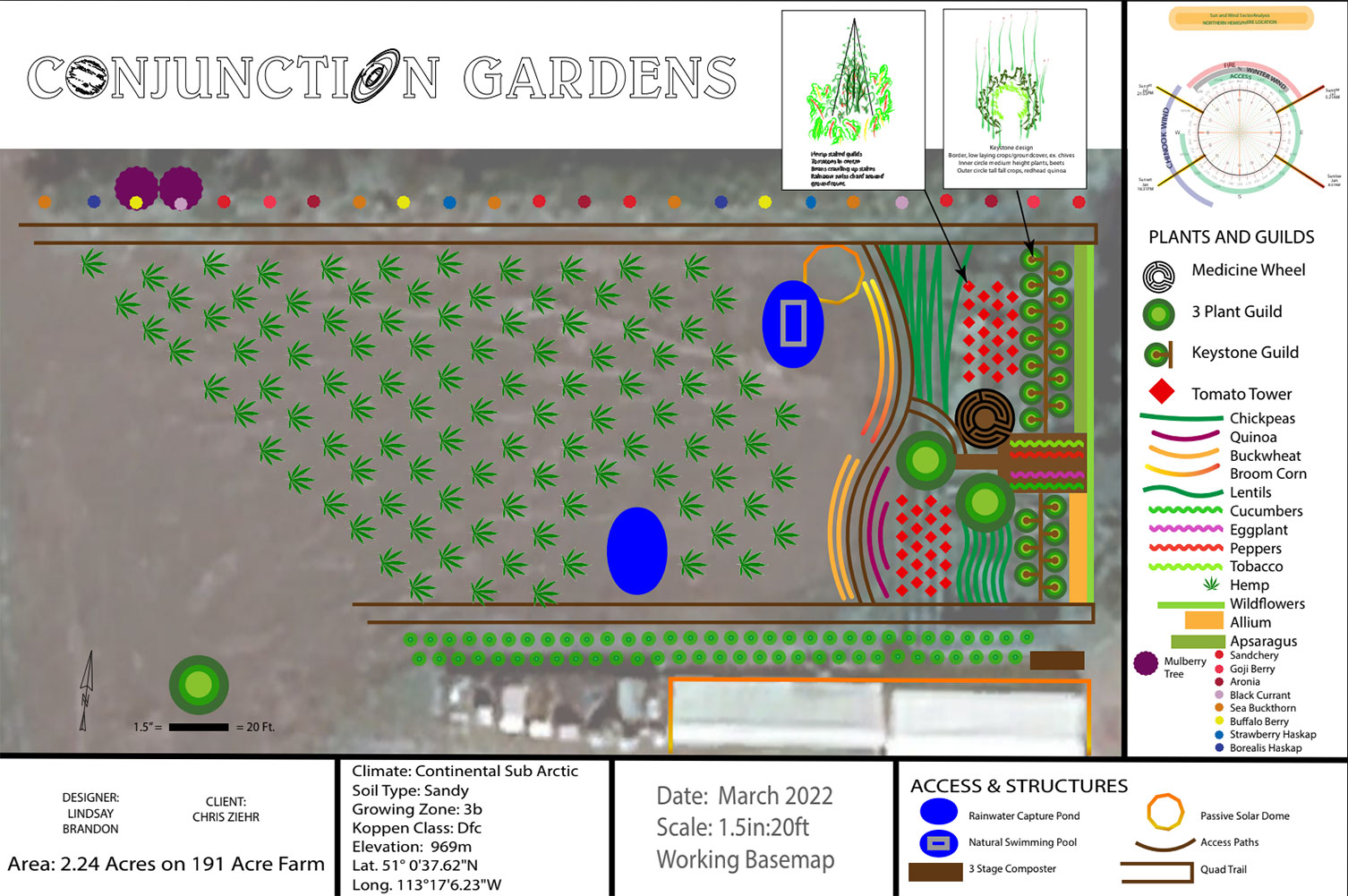
Year 2 a crew of people helped implement a new garden design and layout that would be preserved an re-utilized each year with fresh layers of straw for organic soil matter and water retention.
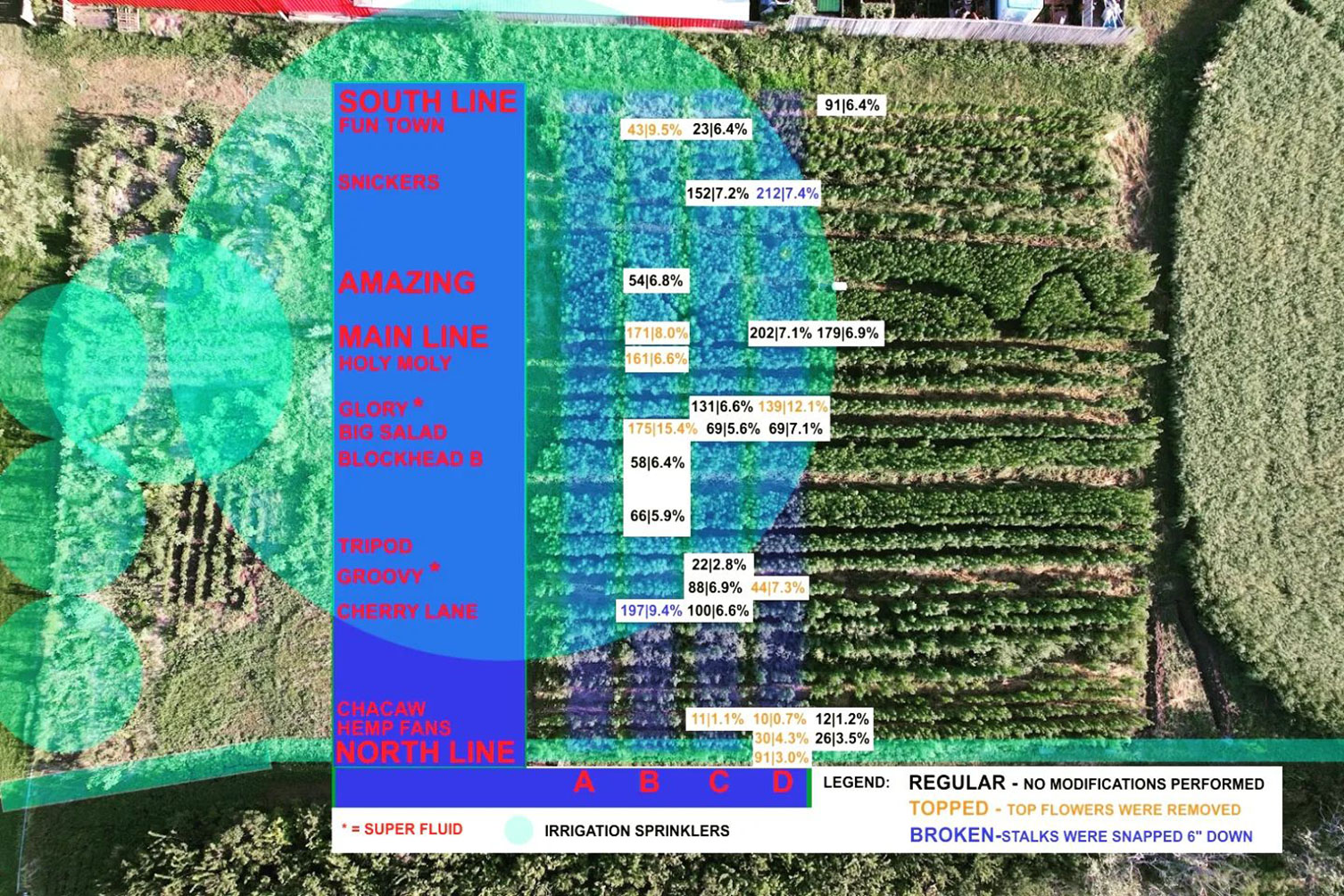
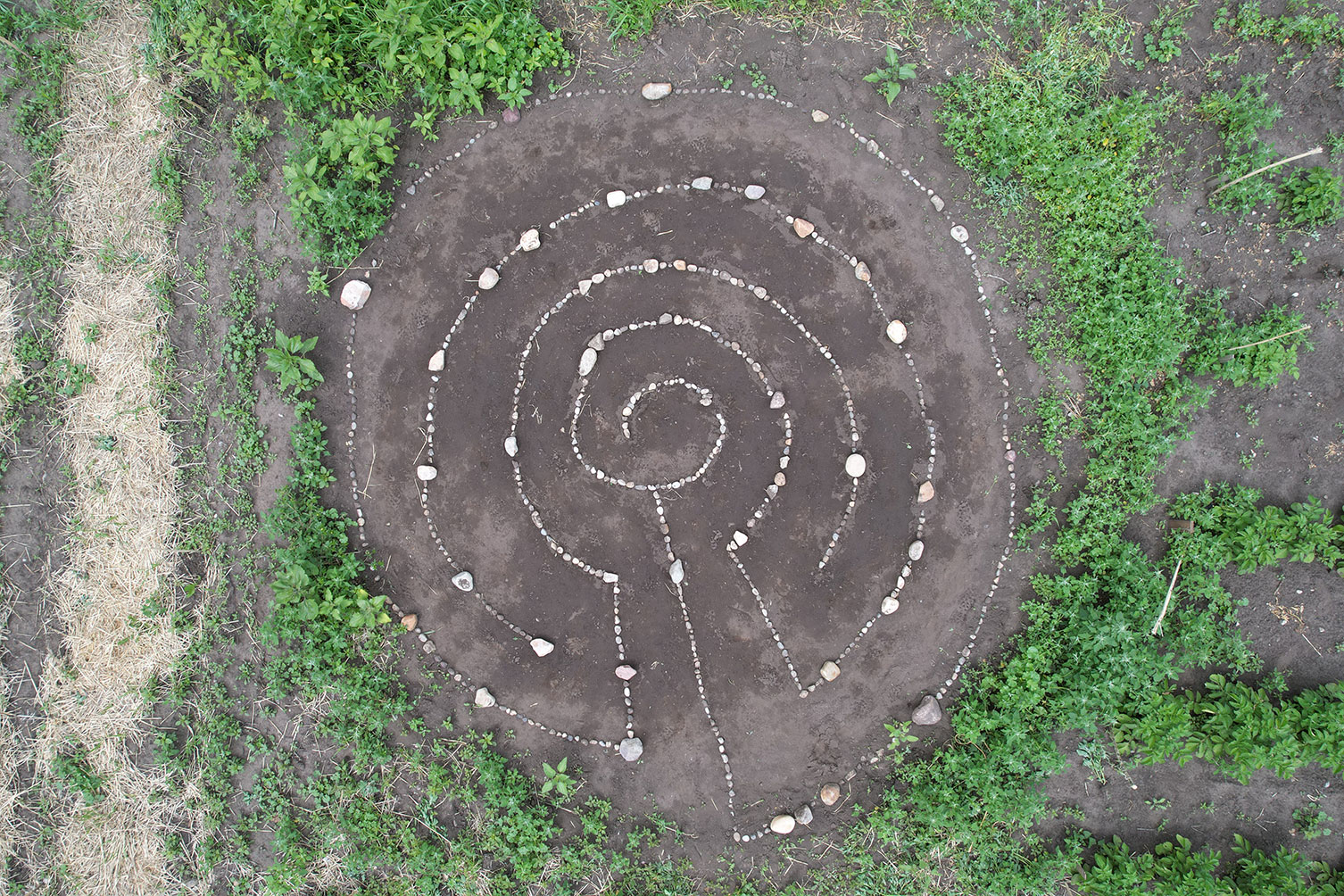
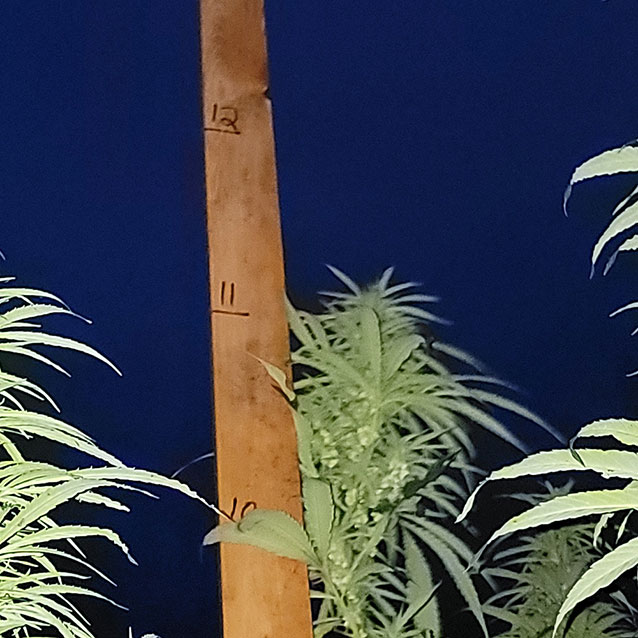

Hemp is bent to promote growth and increase grain production
Below are some parameters that were measured as part of the research and development on the project.



Berry Lane was planted with varieties of berries including: marionberry, jostaberry, sour cherry, goji, black currant, aronia, buffalo berry, blueberry, haskaps, raspberry etc.
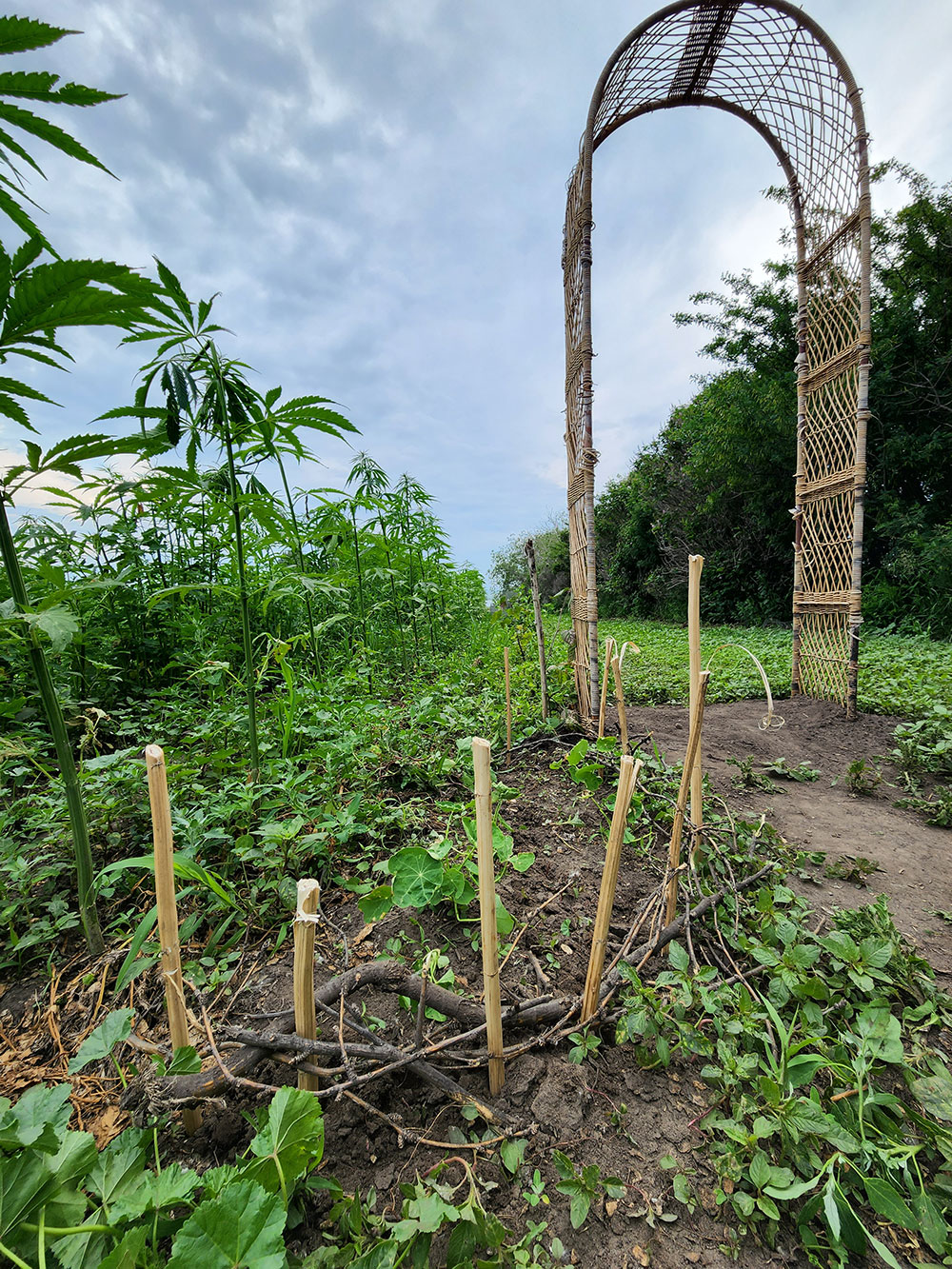
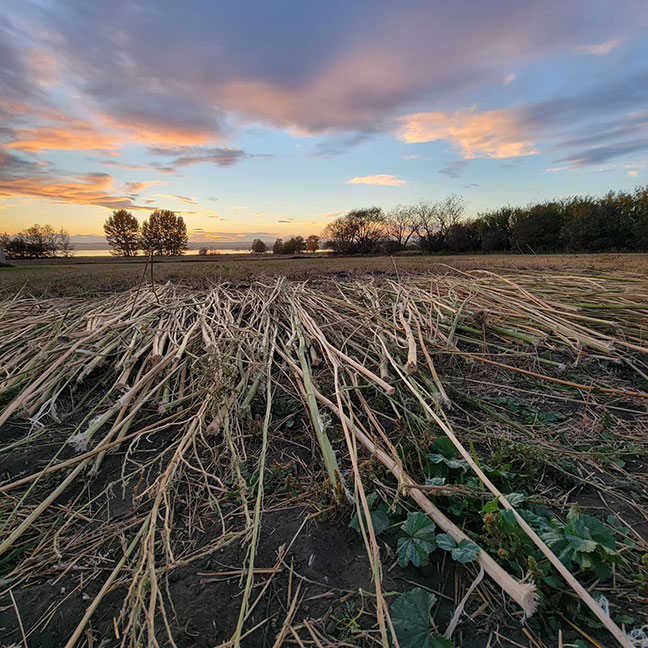
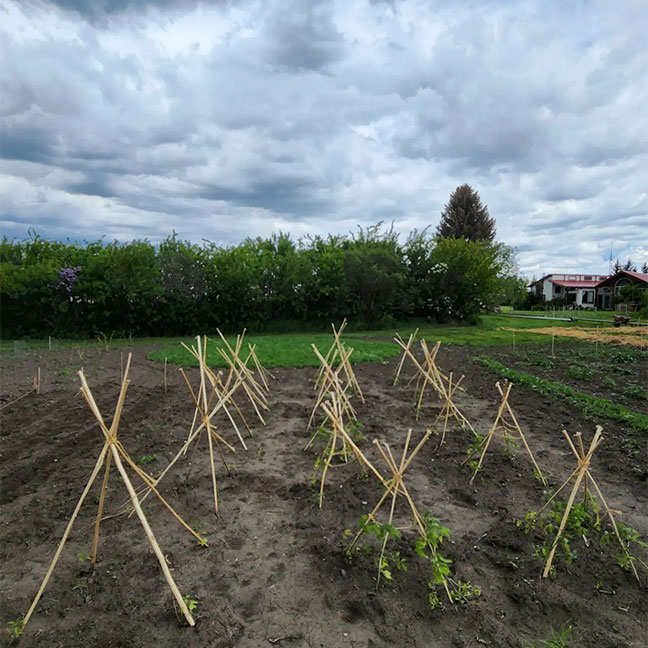
Here is a tour of Conjunction Gardens fall of year 2:
Year 3:
The third year an orchard was planted! The hemp field grew back on it’s own without planting and left wild. All the hemp from year 2 was harvested in hemp logs and burnt to make biochar in a pit fire.
